In the quest for a sustainable future, industries are constantly seeking ways to minimize their environmental footprint. One of the most effective approaches is implementing a Zero Discharge System, also known as Zero Liquid Discharge (ZLD). This innovative solution not only conserves water but also ensures that no liquid waste leaves an industrial facility. Let’s delve deeper into the concept, process, benefits, and challenges of ZLD systems.
Understanding Zero Discharge Systems
A Zero Discharge System refers to an advanced wastewater management strategy designed to eliminate liquid waste discharge from an industrial process. By treating and recycling wastewater completely within the facility, ZLD systems help achieve water reuse, reduce pollution, and support sustainability goals.
What Is Zero Liquid Discharge (ZLD)?
Zero Liquid Discharge (ZLD) is a treatment process that ensures that all wastewater is treated, purified, and reused, leaving behind no liquid effluent. The ultimate aim is to produce clean water that can be recycled back into the system while minimizing or eliminating contaminants in a solid form.
The Evolution of Wastewater Management
Traditionally, industries discharged treated or partially treated wastewater into nearby water bodies. However, increasing environmental awareness, stringent regulations, and water scarcity have driven the evolution of wastewater treatment technologies. ZLD has emerged as the gold standard in industrial wastewater management, offering a solution that aligns with both environmental and economic interests.
How does a Zero Liquid Discharge system work?
A Zero Discharge System integrates multiple processes to recover and recycle water from industrial effluents. Here’s a step-by-step look at how these systems operate:
Step-by-Step Process Overview
- Pre-Treatment: Initial filtering removes suspended solids, oils, and greases.
- Primary Treatment: Chemical treatments neutralize pH and precipitate heavy metals.
- Membrane Filtration: Techniques like reverse osmosis or nanofiltration remove dissolved salts and contaminants.
- Evaporation & Crystallization: Remaining water is evaporated, leaving behind solid waste for safe disposal or reuse.
- Water Recovery: Clean water is recovered from the evaporated stream and recycled back into the industrial process.
Why Is Zero Liquid Discharge Important?
ZLD systems have become increasingly vital due to environmental, regulatory, and economic reasons.
Environmental Benefits
ZLD significantly reduces the risk of water pollution, protects aquatic ecosystems, and minimizes the strain on freshwater resources by enabling water reuse.
Regulatory Compliance
Governments around the world are tightening wastewater discharge norms. Adopting ZLD helps industries meet strict compliance requirements and avoid penalties.
Cost Savings for Industries
While ZLD systems involve upfront investment, they lead to long-term cost savings by reducing the need for freshwater intake and lowering wastewater disposal expenses.
Benefits of Using a Zero Discharge System
Reducing Water Waste
By recycling up to 95–99% of wastewater, ZLD systems drastically cut down water consumption, which is especially critical in water-scarce regions.
Lowering Disposal Costs
With no liquid waste to manage externally, industries save on transportation, treatment, and discharge fees associated with conventional wastewater systems.
Improving Resource Recovery
Many ZLD systems can recover valuable by-products such as salts, minerals, or chemicals that can be reused or sold, adding an extra revenue stream.
Industries Adopting Zero Discharge Systems
ZLD technology is gaining traction across various high water-consuming and polluting industries:
Power Plants
Thermal power plants use ZLD to manage large volumes of cooling tower blowdown and boiler wastewater, ensuring water conservation and regulatory compliance.
Textiles and Tanneries
These industries generate wastewater with high chemical loads. ZLD helps recover water and reduce the environmental impact of dyeing and tanning processes.
Chemical and Pharmaceutical Industries
To prevent contamination and maintain product integrity, these industries use ZLD systems to treat complex effluents and reuse water in production processes.
Challenges and Innovations in ZLD
High Initial Investment
Installing a full-scale ZLD system involves significant capital costs, making it a barrier for small and medium enterprises.
Energy Efficiency Concerns
Evaporation and crystallization processes are energy-intensive. Improving energy efficiency remains a major focus for innovation.
Emerging Technologies Enhancing ZLD
New advancements like forward osmosis, low-temperature distillation, and advanced membrane materials are improving the feasibility and cost-effectiveness of ZLD systems. Automation and AI-driven monitoring tools are also enhancing system efficiency and reliability.

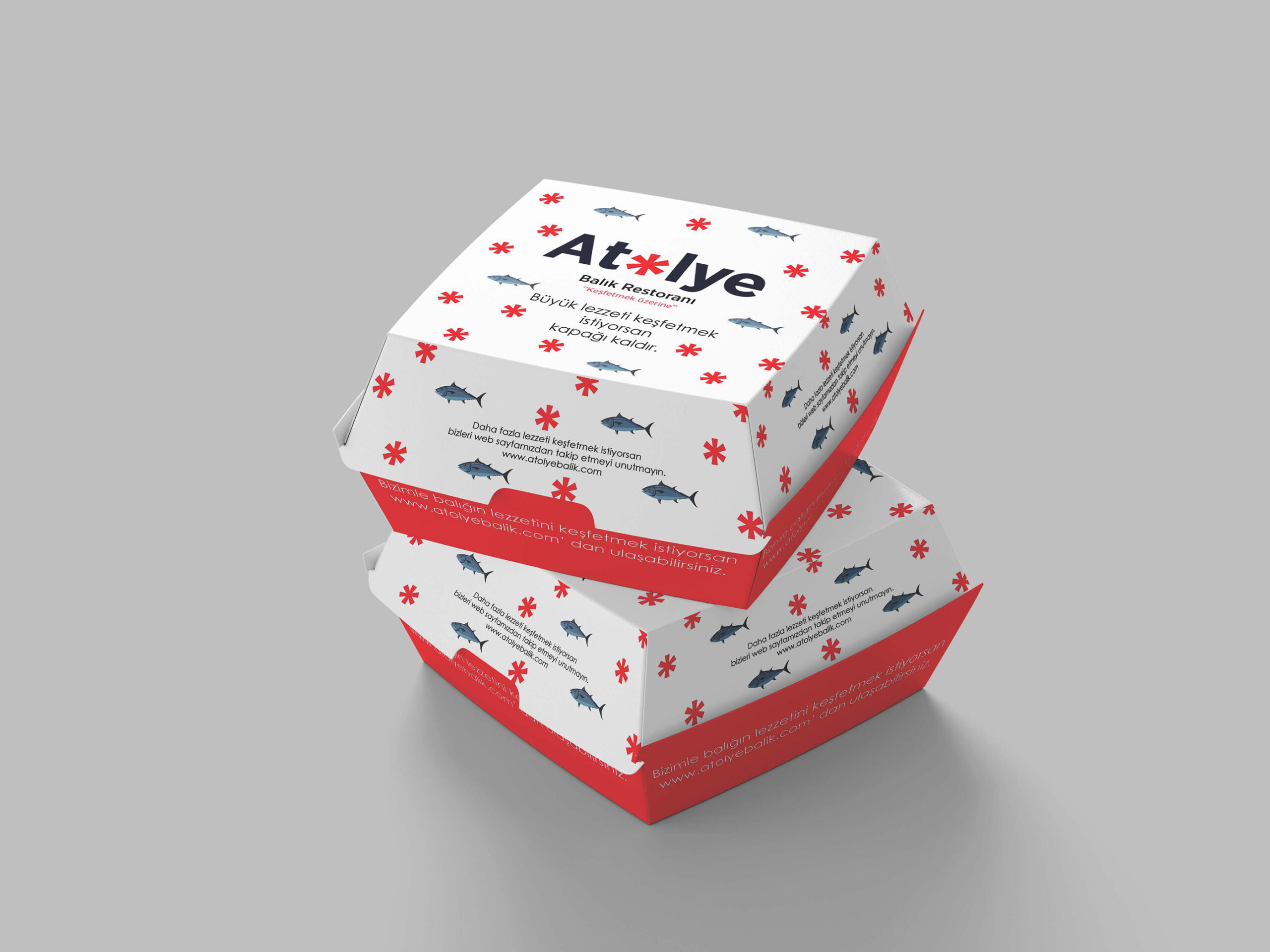
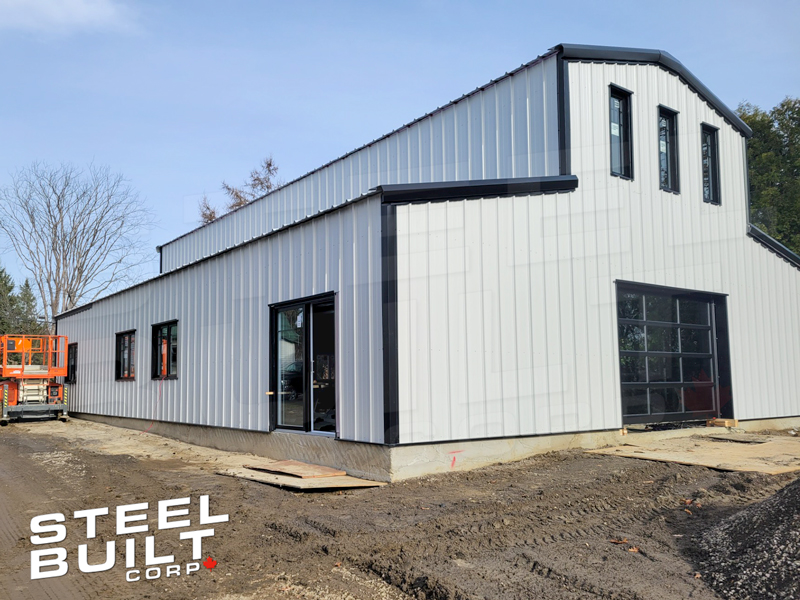




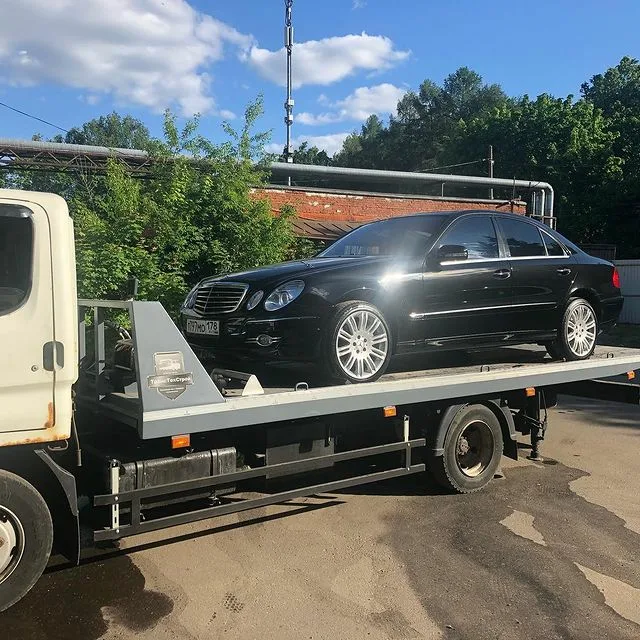


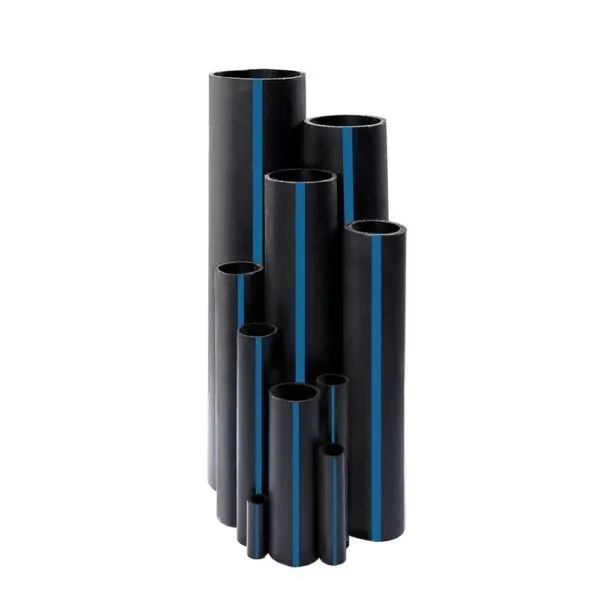



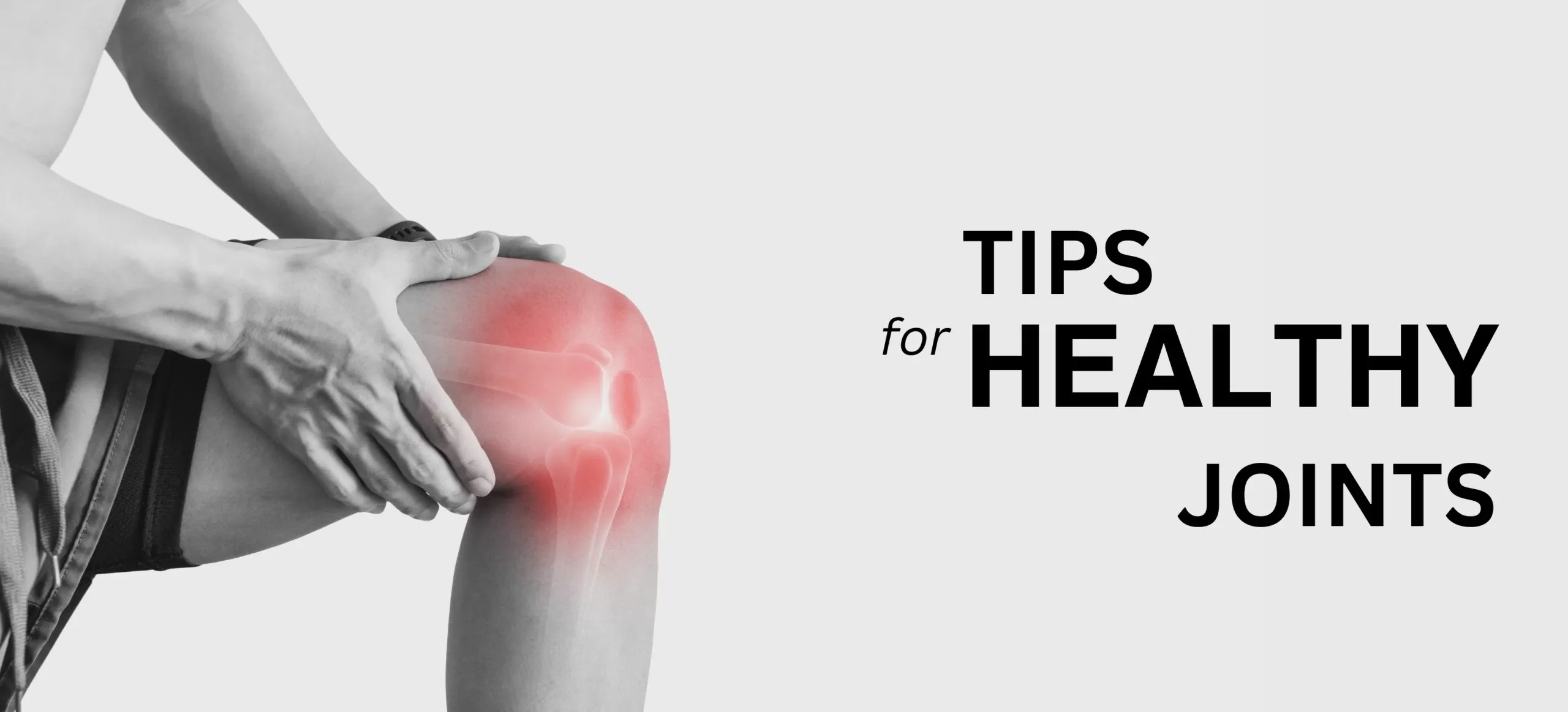
Leave a Reply